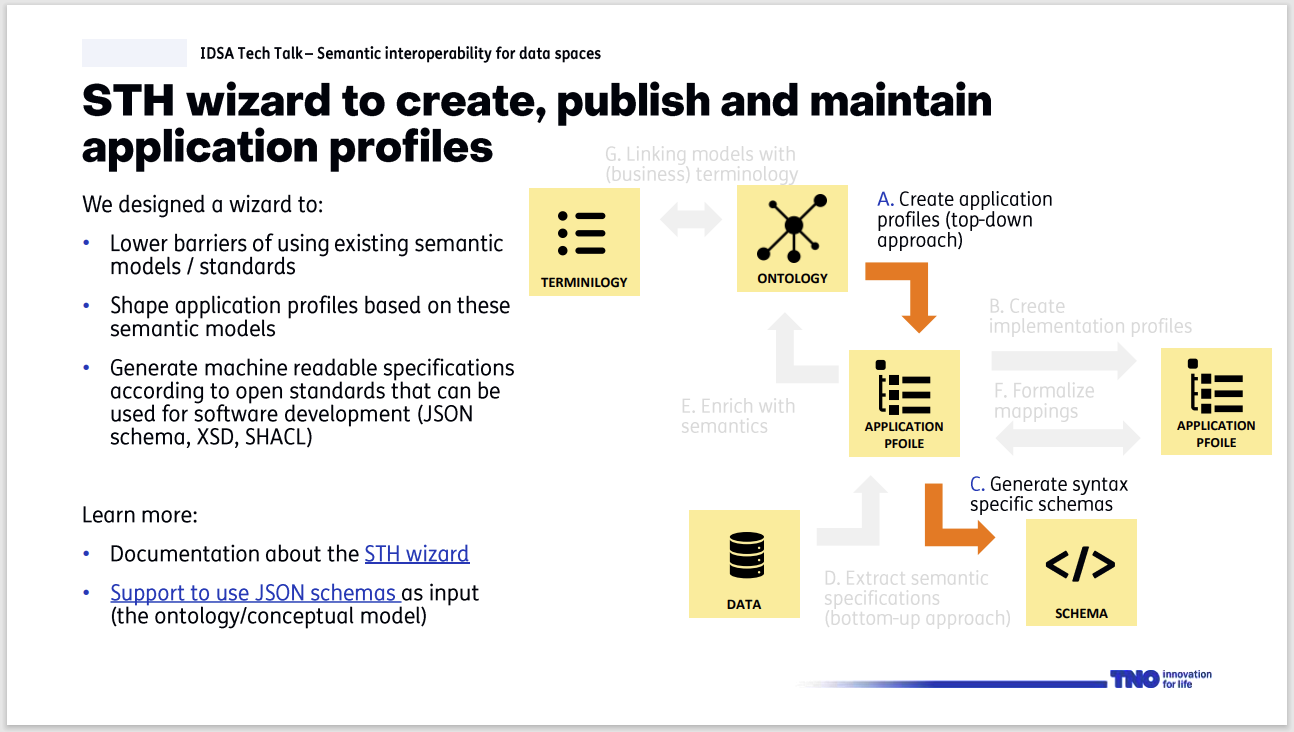Introduction
Interoperability within a data space requires participants to be able to understand each other. But how do you get data space participants to use a common language? According to the IDS Reference Architecture Model (IDS-RAM), the main responsibility for this common language lies with an intermediary role called a vocabulary provider. This party manages and offers vocabularies (ontologies, reference data models, schemata, etc.) that can be used to annotate and describe datasets and data services. The vocabularies can be stored in a vocabulary hub: a service that stores the vocabularies and enables collaborative governance of the vocabularies.
The IDS-RAM specifies little about how vocabularies, vocabulary providers and vocabulary hubs enable semantic interoperability. The hypothesis that we address in this position paper is that a vocabulary hub should go a step further than publishing and managing vocabularies, and include features that improve ease of vocabulary use. We propose a wizard-like approach for data space connector configuration, where data consumers and data providers are guided through a sequence of steps to generate the specifications of their data space connectors, based on the shared vocabularies in the vocabulary hub. We illustrate this with our own implementation of a vocabulary hub, called Semantic Treehouse.
